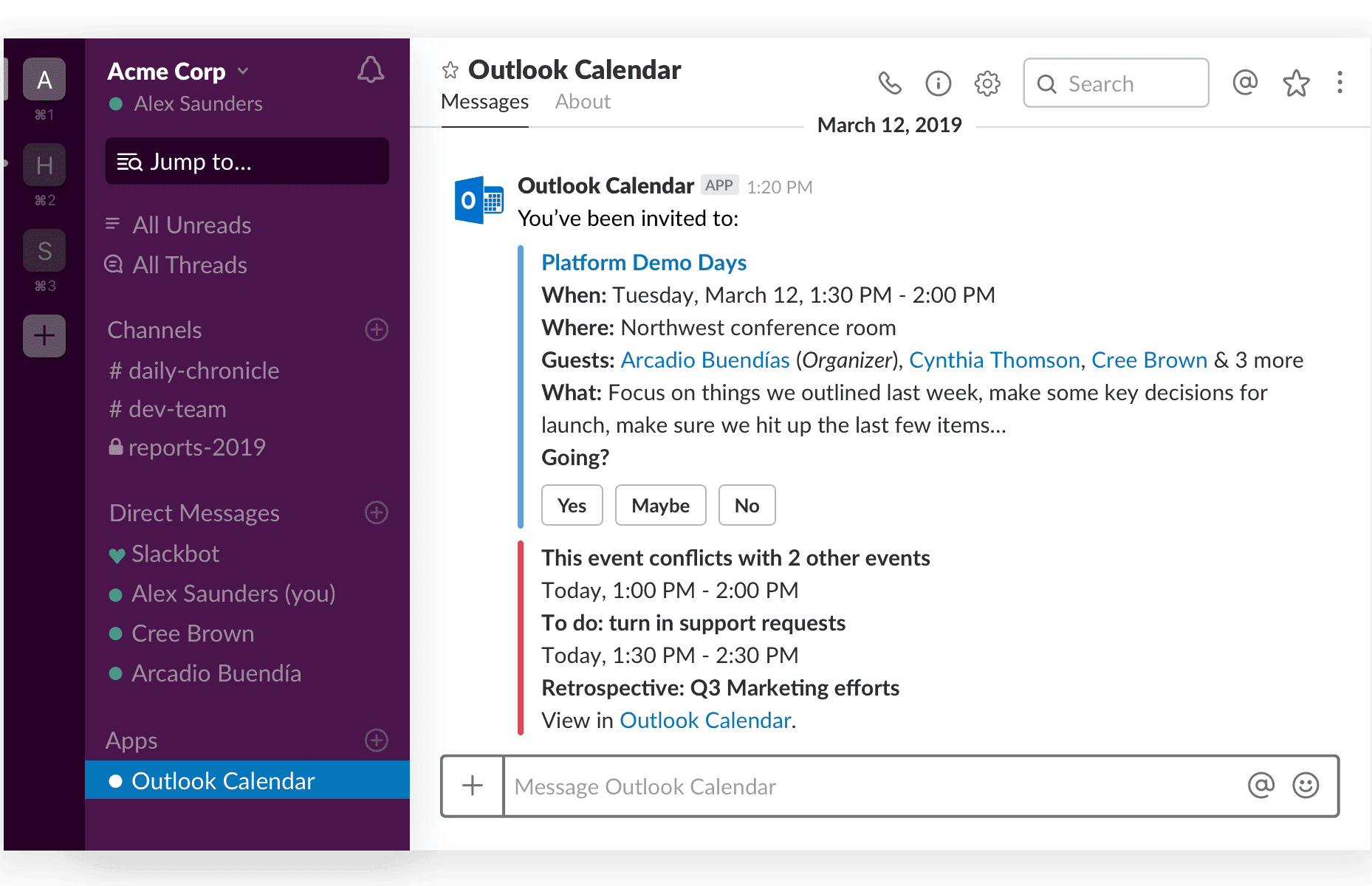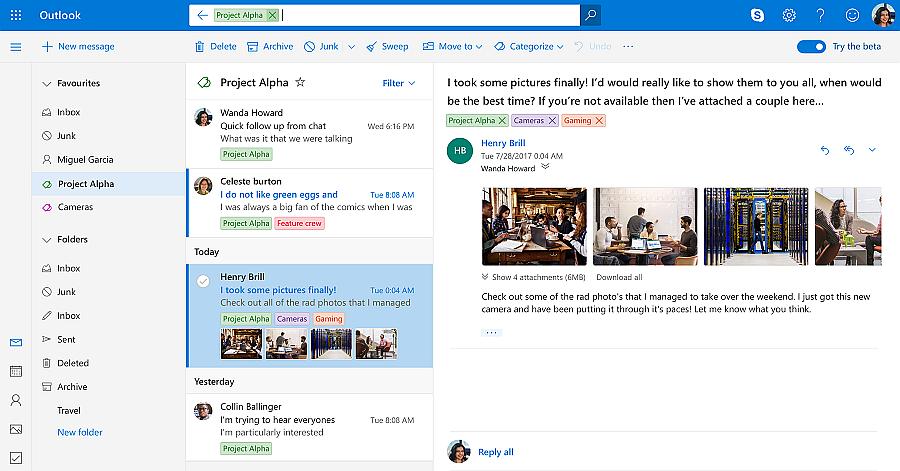

- #Checking microsoft outlook update how to
- #Checking microsoft outlook update update
- #Checking microsoft outlook update download
The option "Classic Teams as default" was previously called "Users can choose". The value lets Microsoft control whether the new Teams toggle switch is shown or not based on product readiness Note: This option was previously called Users can choose.ĭefault. The new Teams toggle switch will display to let users opt into the new Teams and switch back if needed. Use this value to have classic Teams the default version. Users won't be able to opt in to the new Teams.

Use this value to hide the new Teams toggle switch.
#Checking microsoft outlook update update
Name the update policy, add a description, and select the setting for “Use new Teams client”, as shown below. Select Add to create a new policy or select an existing policy to open Update policy. Select Teams > Teams Update policies from the left pane, as shown below. Sign in to the Microsoft Teams admin center. In addition to PowerShell, you can also use Teams Admin Center to manage the visibility of the toggle on a per-user basis. Manage this setting in the Teams admin center or using Teams PowerShell. To control which users can see the toggle, use the Teams admin setting UseNewTeamsClient under the TeamsUpdateManagement policy.
#Checking microsoft outlook update how to
How to roll out new TeamsĪs an admin, you can manage which users in your organizations see or don't see the "Try the new Teams" toggle to use the new Teams. Learn more at Update History for Microsoft 365 Apps. Required Microsoft 365 Apps Security Updates Channel Turn on the "Show Notification Banners" setting in System > Notifications > Microsoft Teams to receive Teams Notifications. to see the Try the new Teams toggle.If you are at a lower version, select the overflow menu (…) > Check for updates > Update. Whether you have users on multiple accounts or tenants, the new Teams can help eliminate the silos and bring them together in one place, giving them more extensibility and scale. You can lower memory and disk usage with a Teams app optimized for your device. New Teams ensures more efficient use of device resources. With new Teams, the client installs and loads faster, letting you launch the app and join meetings more quickly, giving you more time to focus on the business tasks. The new Microsoft Teams desktop client for Windows has been re-imagined from the ground up with a performance in mind providing a faster, simpler, and more flexible experience. The Registry keys mentioned above can also be set via Group Policy.Visit our Microsoft Adoption site to learn about the new Teams! What is the new Teams? Key: HKEY_CURRENT_USER\Software\Policies\Microsoft\Office\ \Outlook\Cached Modeĭefault value: 0000003c (60 seconds) Group Policy You should not set this to a value that is lower than the value of “Upload”. The “Maximum” value name is for setting the maximum time Outlook should wait before it uploads the changes. You can adjust the above timers if needed by modifying the Registry keys listed below. This timer is started after the first change that you made and when it reaches 60 seconds, then a synchronization will occur to upload all the changes that you have made thus far, no matter how many seconds are left on the upload timer. When you make another change within those 15 seconds, then the timer is reset again.Īs now you could in theory hold off synchronization indefinitely, there is the maximum timer.

Uploading local changesīy default, when you make a change locally, that change is synced to the server after 15 seconds.

If there are any other changes occurring at the server level within these 30 seconds, then these changes are downloaded at the same time as well. When a server side mailbox change occurs (for instance when a new message arrives or an item in a shared folder is updated by a delegate), Outlook is notified by the Exchange server of this change.īy default, Outlook will then wait 30 seconds before synchronizing these changes. You can control these timers via the Registry or Group Policy settings.
#Checking microsoft outlook update download
Outlook uses 3 timers to optimize Cached Exchange Mode, namely a download timer, an upload timer and a maximum timer to fall back on. How exactly is synchronization occurring and can I tweak it? I know that I'm looking at a local cache then instead of directly at my mailbox on the Exchange server. I'm using an Exchange account in Cached Exchange Mode.


 0 kommentar(er)
0 kommentar(er)
